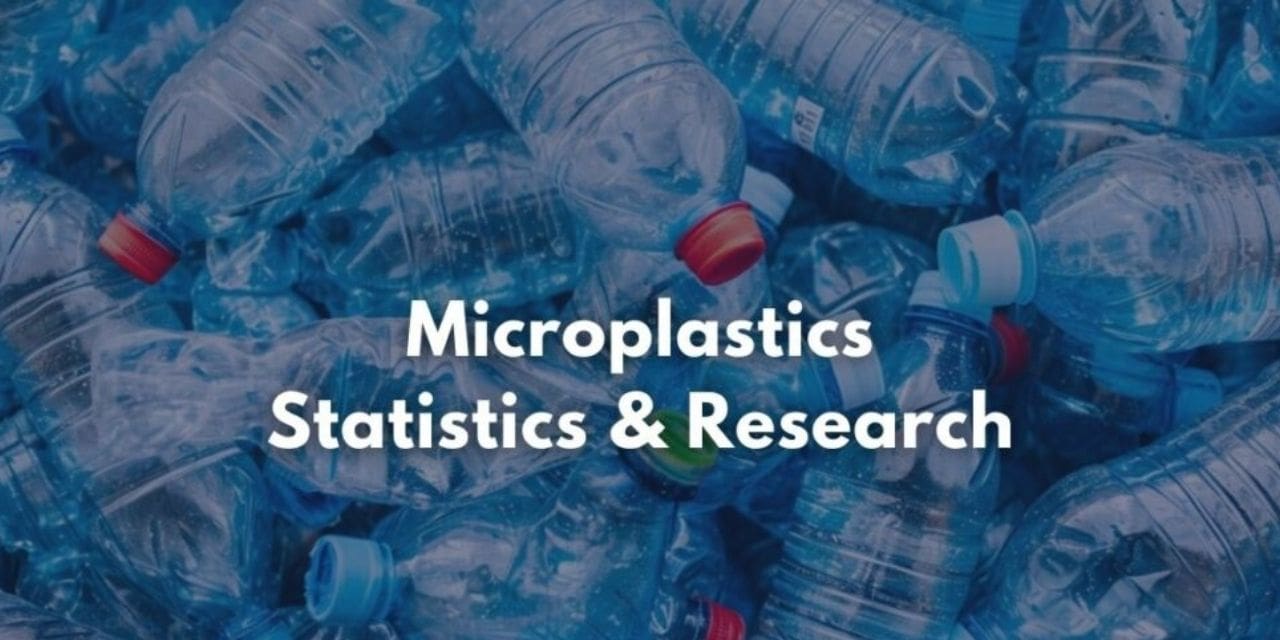The report “Microplastic Detection Market by Type (Polyethylene, Polytetrafluoroethylene), technology (Micro-Raman Spectroscopy, Ftir Spectroscopy), Medium (Water, Soil), Size (< 1mm, 1-3mm), End-Use Industry (Water Treatment, FnB) – Global Forecast to 2029″, size is projected to grow from USD 4.76 billion in 2024 to USD 6.49 billion by 2029, registering a CAGR of 6.4% during the forecast period. The Microplastic Detection market is driven by several key factors, including increasing concern over plastic pollution on ecosystem and human health, advancements in detection techniques, economic incentives, and growth in demand are the global trend towards microplastic detection technologies in industries such as packaging, textiles, food & beverages, and water treatment.
Browse
• 233 Market data Tables
• 62 Figures
• 264 Pages and in-depth TOC on “Microplastic Detection Market – Global Forecast to 2029″
• 62 Figures
• 264 Pages and in-depth TOC on “Microplastic Detection Market – Global Forecast to 2029″
Some of the prominent key players are:
- Thermo Fisher Scientific Inc. (US),
- Agilent Technologies, Inc. (US),
- Bruker (US),
- PerkinElmer (US),
- JEOL Ltd. (Japan),
- Shimadzu Corporation (Japan), and many more….
Opportunity: Advancement in machine learning and AI to enhance the accuracy and speed of microplastic detection methods
Development in machine learning and artificial intelligence offers major prospects for enhancing the precision and speed of detection methods for microplastics. Such technologies can analyze large datasets using various detection methods, thus allowing for the quick identification and classification of microplastics in complicated samples. Machine learning algorithms can be trained to identify characteristic patterns and features associated with the various types of microplastics, hence ensuring greater efficiency in the accuracy of identification and probably excluding human error that could result from manual analysis. Besides, AI-driven techniques can be implemented to streamline detection processes through automated routine tasks to allow further research skills to focus more deeply on intricate aspects of their studies. This makes it even more efficient in microplastic analysis, hastening the speed at which results can be generated, thus making it possible for thorough surveys and studies to be carried out in a much shorter period.
Water Treatment, by end-use industry, is expected to be the most significant Microplastic Detection Market segment during the forecast period.
The water treatment segment is the fastest-growing end-use industry segment in the Microplastic Detection market due to the rising global concern over water pollution, considering its vital need to ensure clean and safe supplies of water. The presence of microplastics in water bodies has been found to have adverse impacts on aquatic life when consumed by the fish and other organisms leading them into the human food chain. Regulatory bodies and environmental agencies around the world are strengthening water quality regulations, mandating the identification and removal of microplastics from wastewater and drinking water systems. This would require an enormous demand for the advanced detection technologies like spectrometry, microscopy, and filtration systems capable of identifying and filtering out microplastics.
North America is expected to be the second largest region in the global Microplastic Detection Market, by region, during the forecast period.
North America is the second-largest region in the Microplastic Detection market, mainly due to a combination of regulatory, environmental, and technological factors. Heightened awareness in the region about environmental issues has spurred tremendous initiatives toward reduction or control of plastic pollution in marine and freshwater environments. There is an increasing pressure from various regulatory bodies, such as the Environmental Protection Agency (EPA) in the United States and Environment and Climate Change Canada, for the strict monitoring of microplastics to ensure the safety of the environment as well as that of the public. The regulatory push leads to a demand for advanced detection technologies capable of identifying microplastic particles in various matrices involving water, soil, and air.

